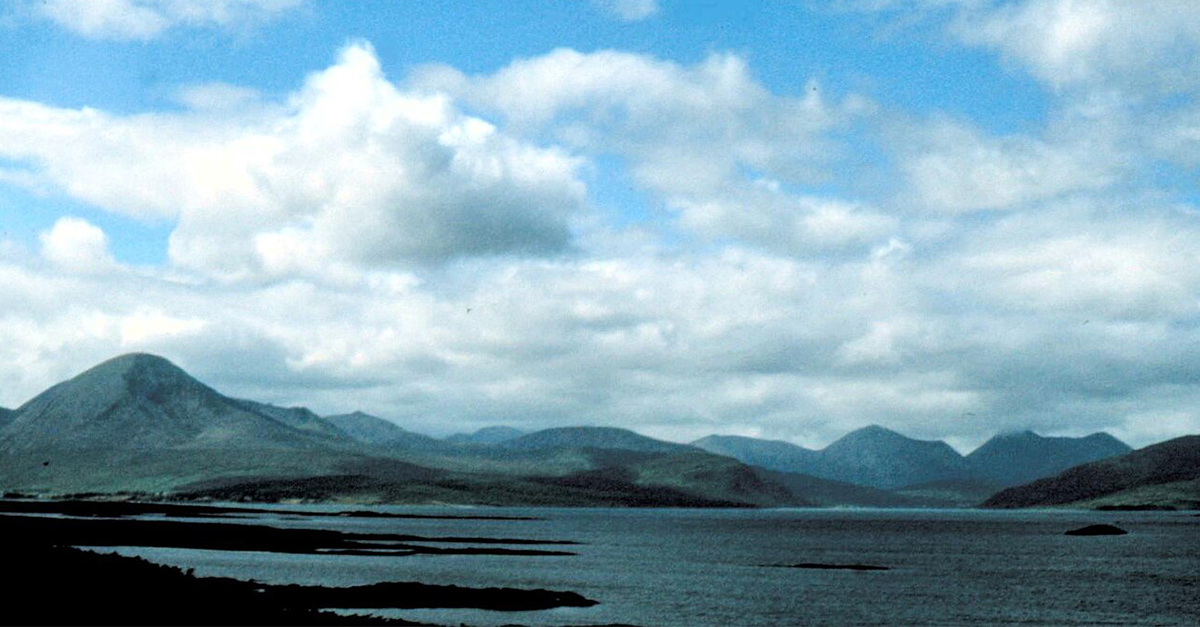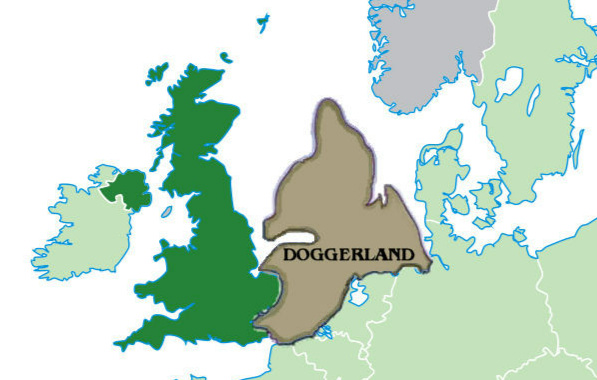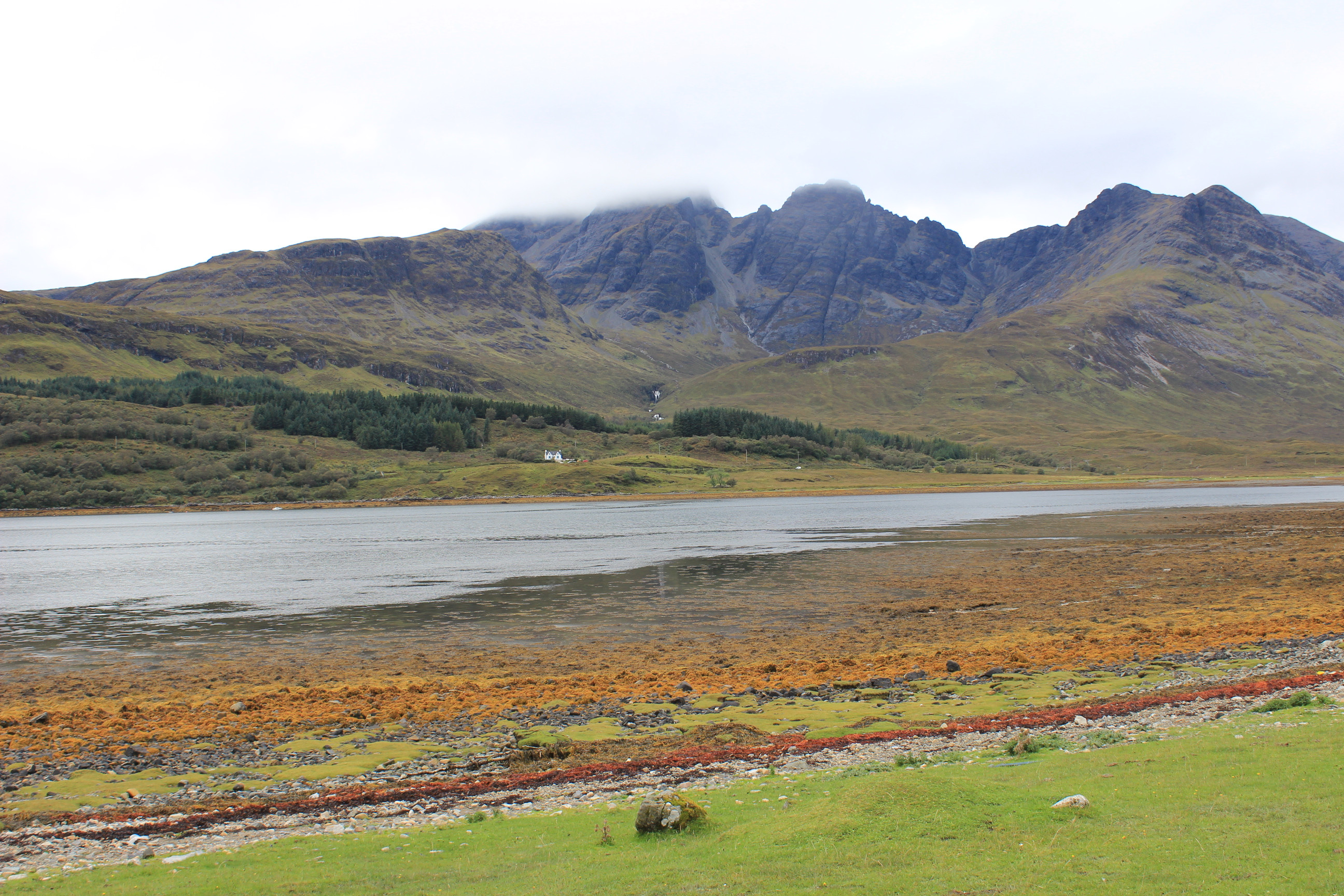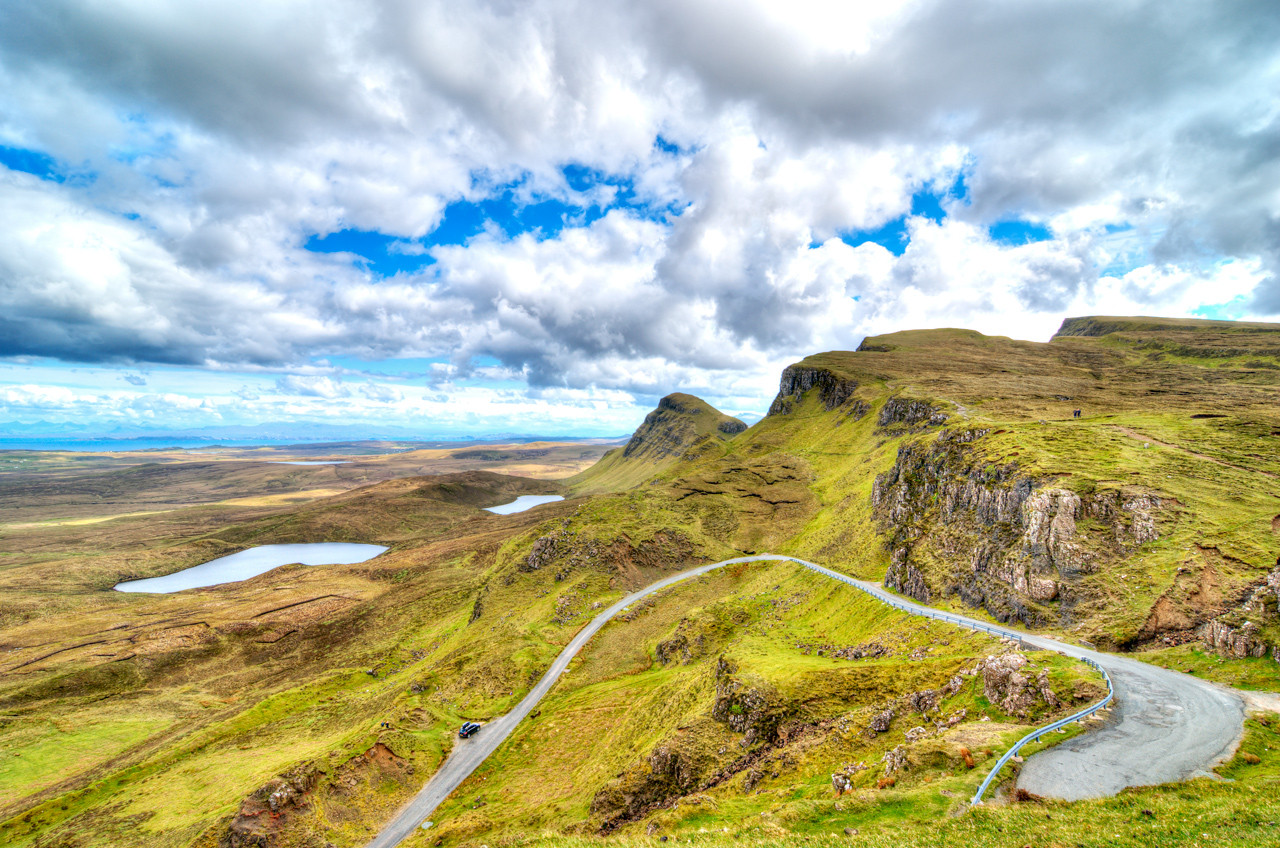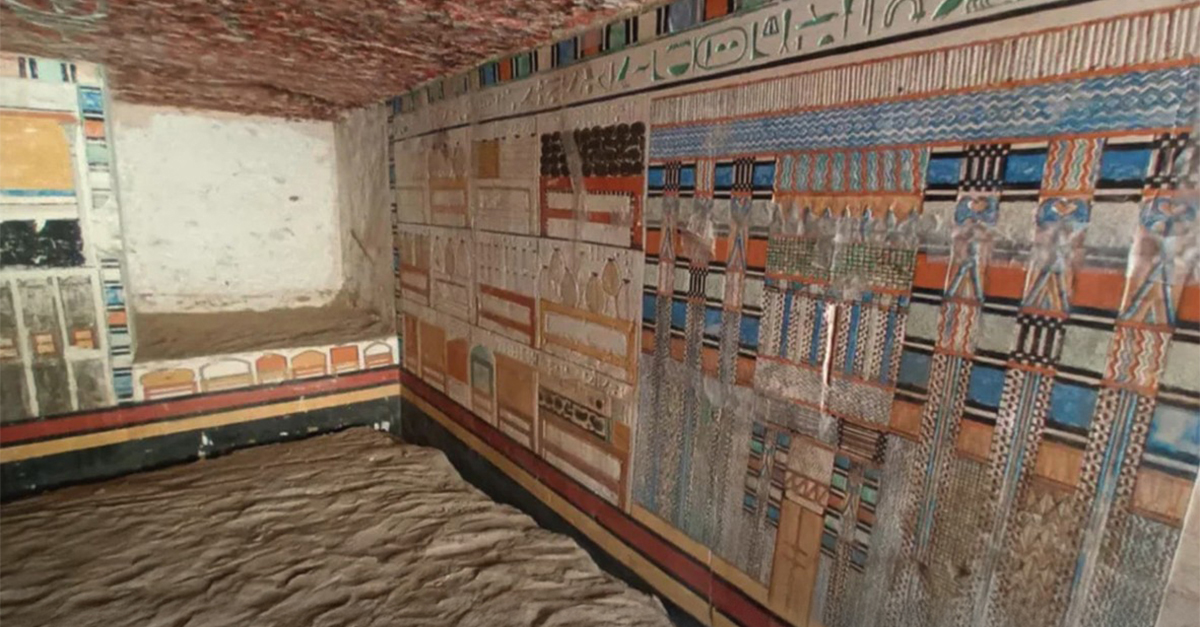An archaeological discovery on Scotland’s Isle of Skye has shattered our assumptions about prehistoric Britain. Excavations at South Cuidrach and nearby sites uncovered stone tools dating back to around 11,500 years, the earliest confirmed human artifacts in northern Scotland. These finds suggest that well-equipped hunter-gatherer groups traversed the North Sea on a land bridge, staking out a new home in a harsh and forbidding land.
The Journey Across Doggerland
As glaciers receded, nomadic groups are believed to have crossed Doggerland, a land bridge in the North Sea, to reach Britain's shores. Their arrival on Skye was the final stage of a daring path of migration into harsh, glacially formed terrain. University of Glasgow archaeologist Karen Hardy said it was “the ultimate adventure story,” proving the incredible resilience of early human beings.
Stone Tools Tell A Tale
Excavations exposed nearly 200 lithic artifacts, including tanged points, blades, and scrapers, fashioned from baked mudstone. The style of these primitive tools closely matches the Ahrensburgian toolkit of northern Europe, showing a clear connection in tool technology.
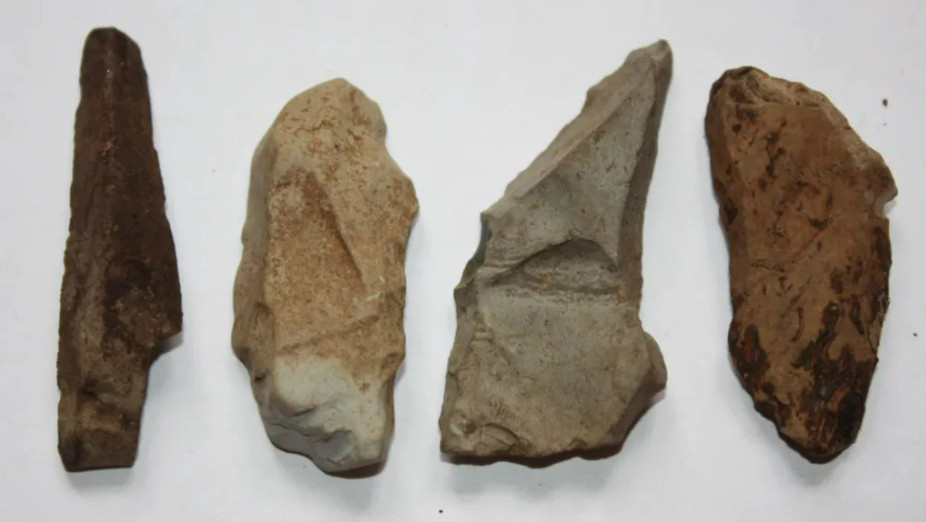 11,500 Year Old Evidence Earliest Humans In Scotland, History with Kayleigh, YouTube
11,500 Year Old Evidence Earliest Humans In Scotland, History with Kayleigh, YouTube
Prehistoric Wanderers Set Up Camp
The density of tools, locally sourced stone, and nearby stone fire circles suggest semi-permanent or recurring occupation. Skye now has the highest known concentration of Late Upper Paleolithic sites in Scotland. These prehistoric humans looked beyond the immediate harsh circumstances, seeing potential in this new land.
Knocking The Dust Off Old Climate Theories
Until this, archaeologists assumed Scotland’s severe Younger Dryas climate made it largely uninhabitable. These Skye artifacts have shattered that comfortable narrative. They indicate that humans adapted and survived here, taking advantage of coastal resources like reindeer, fish, and sea mammals.
Coastal And Island Adaptations
The early settlers likely took advantage of living in a coastal area. Narrow straits like the Kylerhea Narrows may have been maritime migration routes. Artifacts dug up out of tidal flats wholeheartedly support this theory, and show how geography and lower sea levels had a massive impact on prehistoric travel and diet.
Stone Circles In An Ocean Mist
Small stone circles, three to five meters in diameter, were found in tidal zones that were once dry land. These structures, now submerged for most of the year, were probably built by these early inhabitants, confirming evidence of ritual or communal activity in the Late Upper Paleolithic.
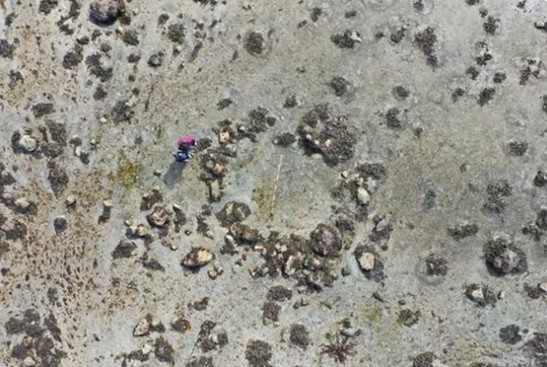 11,500 Year Old Evidence Earliest Humans In Scotland, History with Kayleigh, YouTube
11,500 Year Old Evidence Earliest Humans In Scotland, History with Kayleigh, YouTube
A Stepping-Stone To The Rest Of Scotland
Similar tools have been discovered in Orkney, Tiree, and Islay. This indicates an active human presence throughout northern Scotland, and could be part of a complex network of coastal ice-age sites. Skye was no doubt a key waypoint in this vigorous prehistoric foray into the hinterlands of the Scottish mainland.
Technological And Environmental Insight
The tools show an advanced level of workmanship, including tanged points and blades that would be perfect for reindeer hunting. They also show a versatility in the use of materials by the use of local mudstone. Together with paleo-environmental studies, these long-lost artifacts give hints to how early humans lived through climatic shifts.
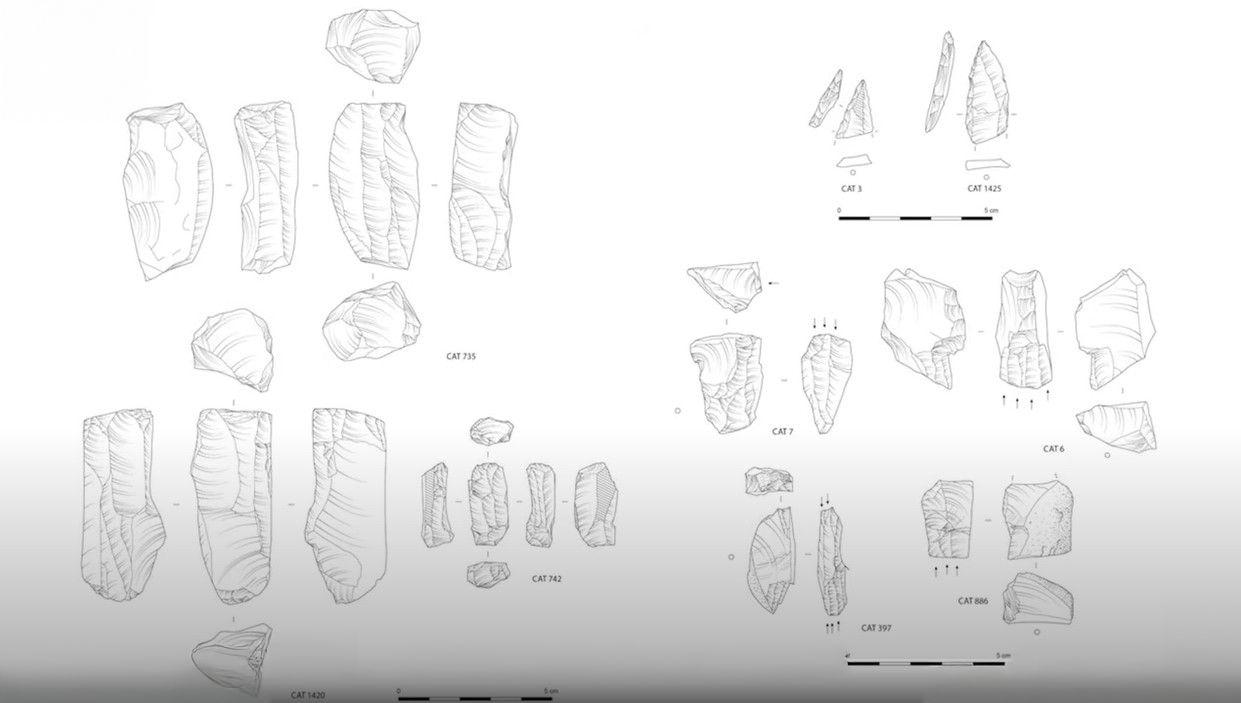 11,500 Year Old Evidence Earliest Humans In Scotland, History with Kayleigh, YouTube
11,500 Year Old Evidence Earliest Humans In Scotland, History with Kayleigh, YouTube
What It Means For Prehistoric Britain
This discovery tears up and rewrites the timeline and extent of human settlement of Britain. It proves humans pushed much farther north, and much earlier, than anyone thought. The rugged, inhospitable land of Skye now defines the northern limit of Upper Paleolithic life in Britain.
Archaeologists Dig Further
These amazing findings are encouraging more exploration, including projects in underwater archaeology, climate and diet studies, and more ambitious excavations. The Skye sites are fertile ground to probe for deeper insights into the ways of hunter-gatherers.
An Enthusiastic Public Response
This discovery and its implications have riveted the attention of scientists and the public, adding a colorful new chapter to Britain’s prehistoric history. Further research at these sites will boost tourism, education, and the justifiable pride of the local population—the distant descendants of those rugged adventurers who carved out an existence at the frozen edge of an ice age wasteland.
You May Also Like:
Spark Of Genius: Early Humans And The Invention Of Fire
The Great Mystery Of Easter Island
The discovery of Hawaii by the ancient Polynesians was one of history's greatest adventures.

